How to grow Bhindi (Okra) from Seeds in Indian Weather
Bhindi Seeds Lady’s finger or bhindi or okra is one of the favorite kitchen vegetables of India. Bhindi is extremely rich in minerals, vitamins, and fiber content. It is therefore a nutritious garden vegetable. The best part is that bhindi is extremely easy to cultivate, particularly in India’s hot climate. If you take good care of it, you can have a fresh yield from your garden, balcony, or terrace.
| Number of Seeds | 100 seeds |
|---|---|
| Sowing month | Feb to Oct |
| Sowing temperature | 20-40C |
| Sun | minimum 3 hours |
| Harvest | 45-60 Days |
Selecting the Proper Seeds
For a healthy crop, utilize good quality seeds. Hybrid or organic bhindi seeds are available in your local nursery store or online, and you can purchase them from there. The hybrid seeds will mature early and yield better, and the organic seeds have no chemicals in them. Select one which is most suitable for the climatic condition in your region to have the best yield.
Soil Preparation
Bhindi is found to grow well in well-drained fertile soil. To prepare the soil properly:
- Break the soil up to 8–10 inches depth so that roots can grow freely.
- Add manure or compost such that it is fertile and contains vital nutrients.
- Provide good drainage by incorporating sand if your soil is clay.
- Test the soil pH, which should be 6.0–7.5 for optimal growth.
Now that your soil is ready, it is time to sow the seeds.
Bhindi Seeds Simply follow these simple steps:
- Soak the seeds in water overnight to hasten germination.
- Create small holes in the soil 1 inch deep and sow one or two seeds per hole.
- Give the plants at least 12–15 inches of space between them to give them enough room to grow.
- Cover the seeds with a little soil and gently press.
- Water the soil with abundance but not excess.
- Chilli kundu good companion of bhindi
How to Take Care of Bhindi Plants
- Once the seeds are germinated, they must be well taken care of in order to develop good plants.
Bhindi Seeds Watering
- Bhindi has to be given water often, particularly in the summer.
- Give a lot of water every 2–3 days so the soil is moist.
- Do not waterlog as this will bring about root rot.
Sunlight
- Bhindi prefers hot weather and 6–8 hours full sun per day.
- Place them in a sunny place in your garden or position pots where they receive maximum light.
Bhindi Seeds Weeding
- Remove weeds on a regular basis so that they don’t steal nutrients from the soil.
- Gently loosen the soil around the plants to ensure air passage.
Fertilization
- Apply organic manures like compost, cow dung, or vermicompost at 15–20 day intervals.
- If the plants are weak, apply nitrogen-based fertilizers to stimulate growth.
Bhindi Seeds Supporting the Plants
- Bhindi plants are growing upright but are damaged when winds are too strong.
- Support the plants with small wooden sticks if needed.
Pest and Disease Management
- Inspect for infestation by common pests such as aphids, whiteflies, and caterpillars.
- Spray neem oil or homemade organic pesticides to repel insects.
- Remove the yellow spots or leaves if you notice them to prevent spread.
Bhindi Seeds Harvesting
Your okra will be ready to harvest in 40–60 days. Okra should be harvested when pods are 3–5 inches long and still tender. If kept on the plant for too long, they turn hard and fibrous.
How to harvest:
- Cut the pods from the plant with a sharp knife or scissors.
- Wear gloves if required, as there are tiny spines on the bhindi plants which can cause irritation.
- Harvest regularly every 2–3 days to encourage continuous production.
Bhindi Seeds Final Thoughts
It is really easy to grow bhindi indoors even for a beginner. If properly cared for, you can be in a position to harvest continuously fresh organic okra all season. So go ahead and start today and enjoy home gardening!
| Color | Green |
|---|---|
| Germination Level | Easy |
| Hybrid or Open Pollinated | Hybrid |
| Growth Pattern | Up right Straight |
| Ideal location | Full sun |
| Origin Country | India |
Be the first to review “Bhindi Seeds Pack of 30 seeds F1 hybrid” Cancel reply
You must be logged in to post a review.



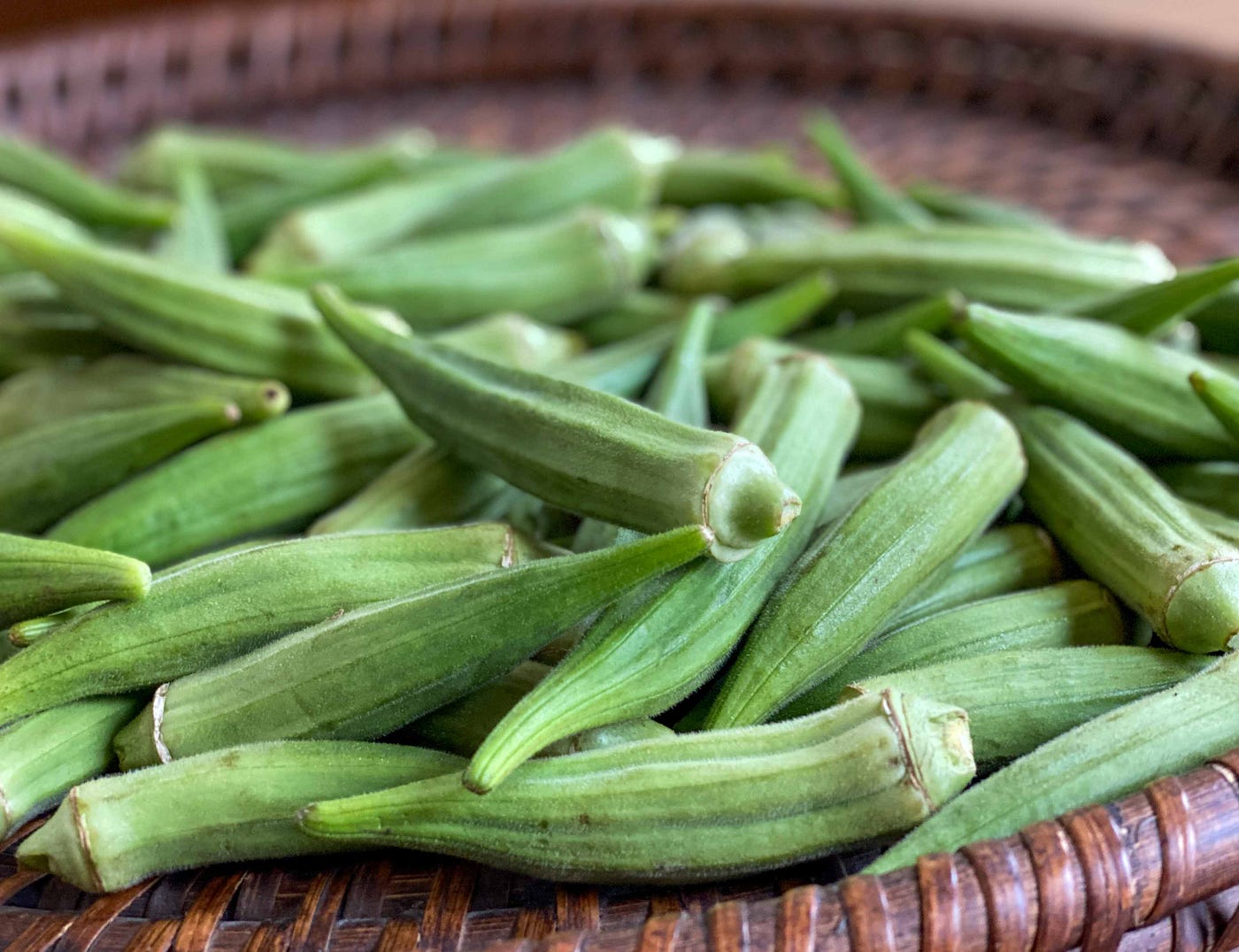
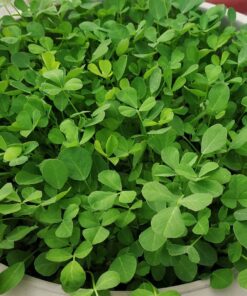

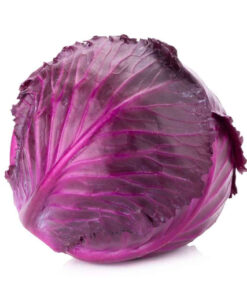
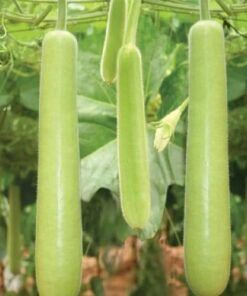


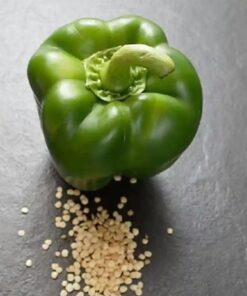
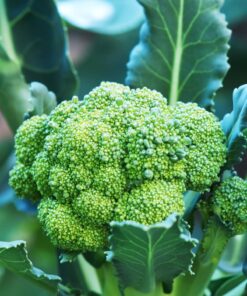
Reviews
There are no reviews yet.